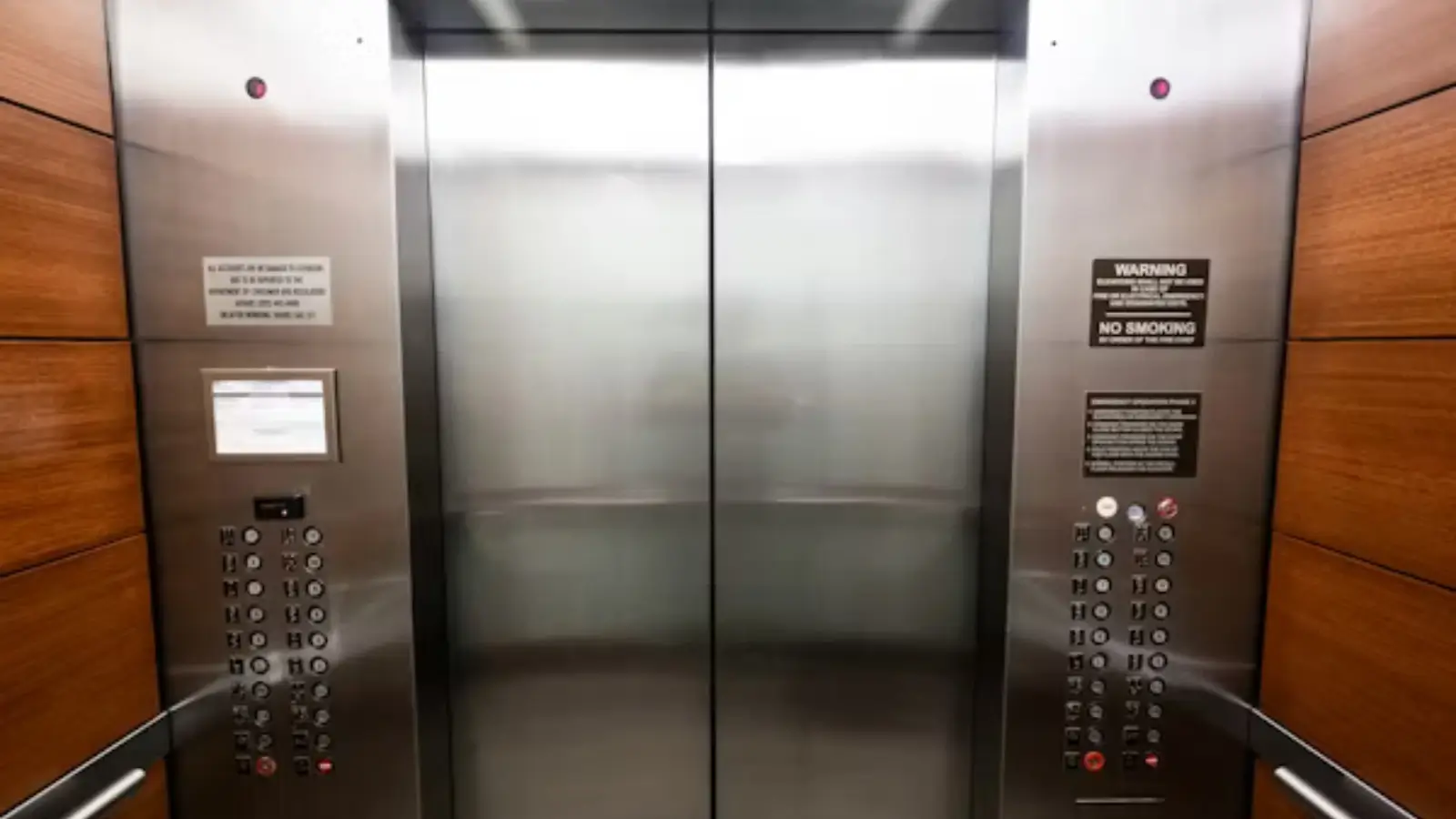Raising poultry can be incredibly rewarding, whether you’re managing a small backyard flock or running a larger farm. But let’s face it, keeping your birds happy, healthy, and productive doesn’t have to cost a fortune. If you’re looking for practical, budget-friendly ways to upgrade your poultry housing, you’re in the right place. Ready to dive in? Let’s explore some clever and affordable ideas to improve your setup without emptying your wallet.
Better Airflow Without Breaking the Bank
Ever walked into a chicken coop and felt like the air was heavy? That’s a sign your ventilation could use some work. Good airflow is crucial, it keeps the air fresh, reduces moisture, and cuts down on ammonia buildup. But don’t worry; you don’t need to install an expensive ventilation system.
Start simple. Adding windows or vents near the roof can create natural airflow. If you’re handy, you can repurpose old windows or even install adjustable vents for added flexibility. For those really tight on budget, try drilling a few well-placed holes in the walls (don’t forget mesh covers to keep pests out). With better ventilation, your chickens will breathe easier, and so will you.
Flexible Housing That Moves With Your Needs
Ever thought about giving your chickens a change of scenery? Portable coops can make it easy to rotate grazing areas, prevent soil damage, and keep your birds healthier. And here’s the kicker, they’re surprisingly affordable.
One option worth considering is a mobile range coop, a movable structure designed to protect your hens from predators while allowing them to roam freely. For farmers who wish to optimize grazing options without constructing permanent structures, it's a versatile and affordable option. Additionally, shifting the coop around keeps pests under control and the grass fresh.
Keep the Temperature Just Right
Nobody likes being too hot or too cold, your chickens are no different. Insulation might sound expensive, but there are plenty of low-cost materials that can get the job done. Reflective foil, foam boards, or even recycled cardboard can work wonders for keeping heat in during the winter and out during the summer.
Think about layering materials in the walls or even under the roof. If you’re dealing with drafts, weatherstripping can be a quick fix to seal gaps. These simple changes help maintain stable temperatures, keeping your birds comfortable year-round. And let’s be honest, comfortable chickens lay more eggs.
Upgrade Your Floors Without Splurging
Cleaning up after chickens can feel like an endless chore, but the right flooring can make your life a whole lot easier. If you are still using dirt floors it is time to upgrade. Dirt flooring can have bacteria that are bad for your flock, are harder to clean and hold moisture.
Wooden pallets, gravel, or rubber matting will all help with drainage and speed up the cleanup. These materials also increase the comfort and durability of your hens reducing stress and damage.
Rubber mats in particular are a hygienic option because they are simple to clean and disinfect. Gravel improves drainage, while wooden pallets can be layered with straw or wood shavings for added softness.
For a quick DIY fix, consider layering straw or wood shavings over your existing floor—it’s cheap, simple, and effective. Regularly replacing the bedding keeps odors under control and minimizes the risk of disease. Don’t forget to sweep and sanitize periodically to maintain a clean and healthy space for your flock.
Shine a Light on Productivity
Did you know that lighting can directly impact egg production? Chickens need around 14–16 hours of light a day to keep lying consistently. So, if you’ve noticed a dip in egg numbers, your lighting might need a boost.
LED bulbs are a great option. They’re energy-efficient and last longer than traditional bulbs. Position lights evenly to avoid dark corners, and consider adding timers to mimic natural daylight patterns. It’s an easy and affordable fix that can make a big difference.
Comfort Zones for Rest and Nesting
Every chicken deserves a cozy spot to lay eggs and rest. But you don’t have to spend a fortune on fancy nesting boxes or roosting bars.
Old wooden crates, plastic bins, or even repurposed shelves can double as nesting boxes. Add some soft bedding, and you’re good to go. For roosting bars, scrap wood or sturdy branches can do the trick, just make sure they’re high enough to keep your chickens feeling safe. Simple touches like these can go a long way in making your poultry feel at home.
Feed and Water Systems That Work Smarter
Feeding and watering chickens doesn’t have to be a hassle. Long-term financial savings can be achieved by investing in time-saving and waste-reduction systems. Seek out automatic waterers and feeders; they are spill-proof and simple to maintain.
In addition to reducing feed loss, automatic systems guarantee a consistent flow of pure water, which is necessary to maintain the health and hydration of hens. Even do-it-yourself versions can be made from recycled containers or PVC pipes. Extra advice? Waterers and feeders should be raised to prevent contamination and maintain cleanliness. This arrangement keeps everything hygienic by preventing dirt and debris from combining with food and water. It's a minor adjustment with significant advantages.
Conclusion
Improving poultry housing doesn’t have to cost a fortune. With a little creativity and some elbow grease, you can make affordable upgrades that keep your flock healthy, happy, and productive. Whether it’s adding ventilation, upgrading insulation, or investing in a chicken coop, small changes can lead to big improvements.
So, what’s your next move? Start with one or two of these ideas and see the difference they make. Your chickens, and your wallet, will thank you!
















